Datasets
The algorithms will be evaluated on two datasets, named cuts and holes, exemplifying different kinds of partiality. The shapes span different classes and are based on the TOSCA high-resolution dataset.
All the shapes are composed by one connected component on the graph induced by the triangulation. Shapes belonging to the cuts dataset have a whole part of the shape missing in correspondence of a clean cut over the surface. The holes dataset is more challenging. It contains shapes whose surface has been eroded starting from some random seeds over the surface, causing them to have holes and irregular cuts. Shapes inside each dataset present different amounts of missing surface, ranging approximately from 10% to 60% of missing area.
In addition to the partial shapes we provide null shapes for each class, i.e. full shapes in a canonical pose. These will be used by participants to perform part-to-whole matching.
The ground-truth is also provided as a correspondence between the vertices of the partial shape and points in barycentric coordinates on the full shape in canonical pose. The ground truth is available only for a subset (approximately 100 shapes) of all shapes.
Downloads
- Partial datasets with ground truth correspondences (~200 shapes) - Download (.off shapes)
- Test code to load and show ground-truth maps between shapes - Download Matlab code
- The evaluation cuts (200 shapes) and holes (200 shapes) databases - Download (.off shapes ~65MB)


